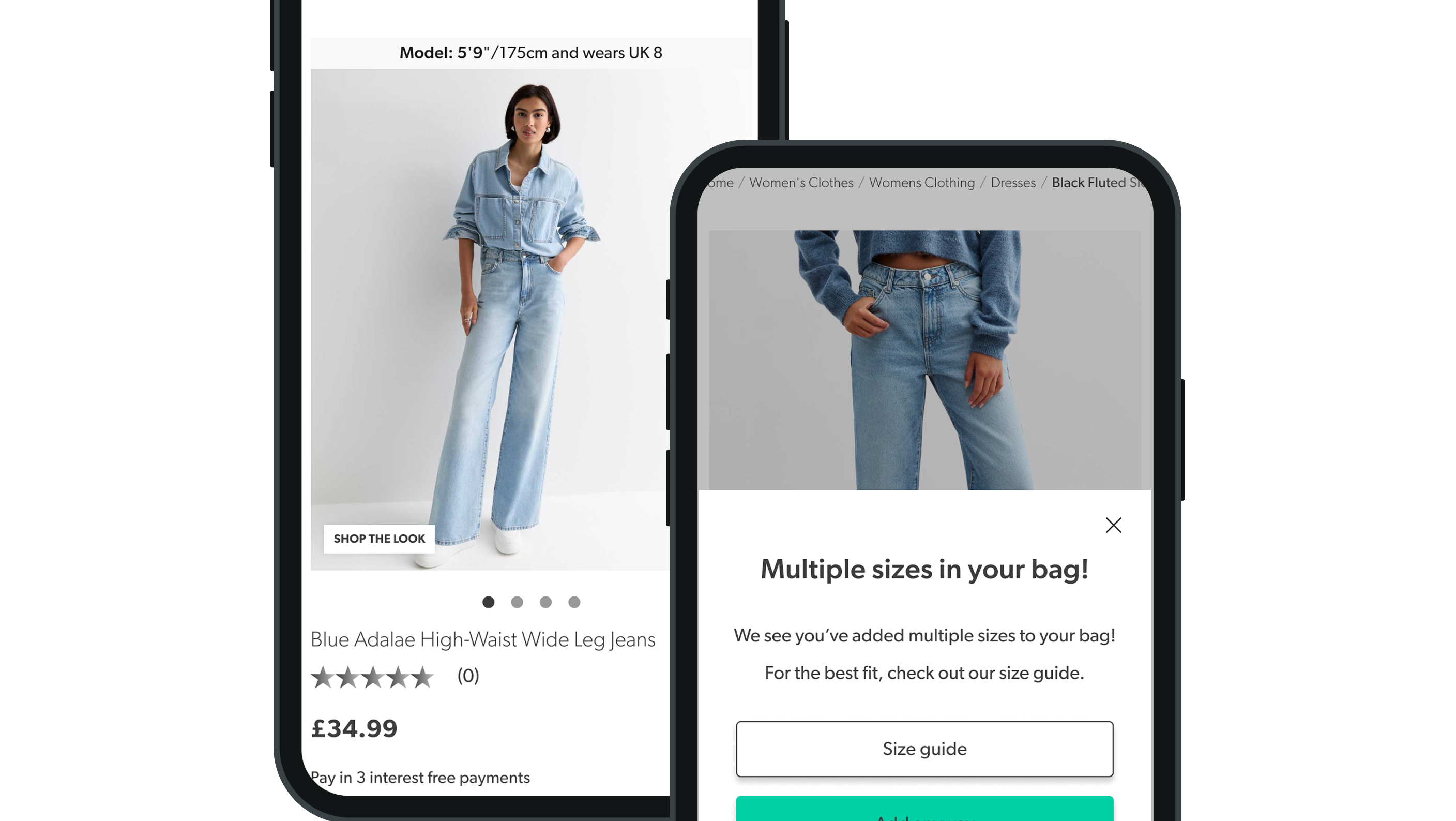The Team
Christian Mtima: Product Designer
Lucian : IOS Developer
Paul: Senior Product Manager
Connie: Senior UX Researcher
Challenge
The goal is to gauge customer interest in using an interactive digital catalogue in-store to explore a broader product range, beyond traditional showroom displays. The challenge is determining whether customers will engage with the tablets, scan QR codes, and transition to online purchases, providing valuable analytics to improve the shopping experience and increase sales.
Solution
We will implement interactive tablets in-store to supplement product displays, allowing customers to browse a wider catalogue. QR codes will be introduced to enable a seamless transition from tablet browsing to mobile purchases. This initiative will gather data on customer behaviours, including browsing patterns, QR code usage, and purchase conversions, to better understand how to enhance the shopping journey and potentially streamline future purchasing processes.
Results
Success will be measured by customer engagement with the tablets, QR code scans, and purchase conversions. The goal is to achieve £1,700 in annual sales per device, with a target of £10,000 or 200 orders (at an average order value of £50). Insights from this pilot will help determine if further investment in enhancing the digital shopping experience, such as adding self-checkout options, is justified.
Lab day - User research
The participants
Our lab day participants consist of HVHF and HVHF shoppers, regular New Look customers who shop 2-4 times a year, spending over £50 annually. These shoppers engage with both online and in-store channels and place high importance on customer reviews when making purchase decisions. They represent the ideal omnichannel shopper. Participants were between the ages of 18 and 44, perfectly aligning with our target demographic.
Lab day insights summary
During our Lab Day on the showrooming kiosk, we gained key insights into customer behaviour and their experience with the kiosk. Customers prefer shopping in-store to get items immediately, but when they do order online, they tend to purchase in bulk to save on delivery costs. However, many were confused by the kiosk’s journey, assuming that items shown on the tablet were already in-store and ready to take away. The proposed display and point of sale (POS) did not clearly set customer expectations.
Customers responded positively to having app-like information available on the kiosk, such as model imagery and product details. High-value, high-frequency customers were also willing to follow QR codes onto the app, and many liked the idea of saving items for later, with a preference for receiving reminders or notifications of saved items.
Based on this feedback, we recommend updating the kiosk POS to set clear expectations and encourage usage. The kiosk should clearly differentiate between in-store and online-only products, and the display area should be enhanced into a feature wall to attract attention. Additionally, building loyalty perks into the kiosk experience, such as reduced delivery costs, and creating a unique UI for the kiosk tablet will help deliver a more engaging shopping experience.
Ideation workshop
Based on the Lab Day workshop, we reviewed some recommendations for improvements to the iPad kiosk and prioritised them using the effort-impact matrix.
User testing content layout
For this project, I conducted a comprehensive evaluation of three different showrooming kiosk information displays to assess their clarity and effectiveness in communicating the showrooming process to customers. The primary goal was to determine which display layout best facilitates customer understanding.
Participants were presented with three distinct kiosk displays, all featuring the same content but organised in different layouts. They were asked to provide feedback on their preferences, focusing on clarity, ease of understanding, and overall effectiveness of the content's arrangement. This user-centered approach allowed us to identify which design best supports customer comprehension of the showrooming process.
Results
The unmoderated user test revealed that most users preferred the "Find even more choices online" content at the top, describing it as more convenient, familiar, modern, and easier to navigate. Three users suggested adding icons to clarify the three steps. The majority favoured layout B for its user-friendly design and clear presentation. Additional feedback included displaying four items per row instead of three to reduce scrolling, and adding instructions at the top of the screen to help users navigate and find more choices easily.
Showrooming POS
During recent store visits in Manchester, we identified customer confusion regarding showrooming displays, as many did not realize certain items were online-exclusive and unavailable for in-store purchase. This led to hesitation in ordering and increased pressure on staff to sell display items. To address this, we were tasked with creating clear and engaging POS signage that communicated the online-only nature of the products. Changes included increasing the poster size above the clothing rail for better visibility and removing the "free next day delivery" mention for conciseness. Copy suggestions were developed to align with brand voice, including "Find more with our online-only range," "Explore our online-only range," and "More choices, only online." A mockup of the showrooming iPad kiosk and POS message was also provided to support the revisions.
Prototype






